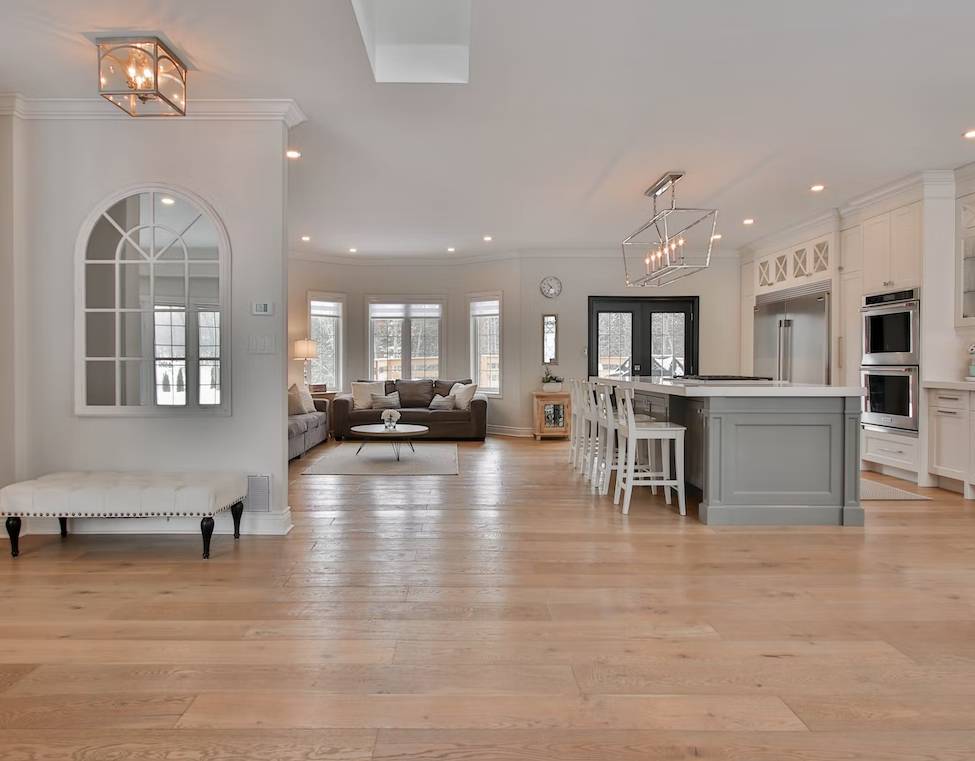
As a householder, you want to make your house the greatest it can be. And with the changing climate affecting everybody, including homeowners, it's critical to think about more eco-friendly options because once updating your home.
Another green home improvement to consider is eco-friendly flooring, ranging from using zero-VOC paint to installing solar panels.
So, before you move ahead on a flooring remodel, consider these ten eco-friendly flooring alternatives to traditional flooring.
Green flooring is more than just flooring made of natural, recycled, or sustainable energy materials. It also considers the flooring material's long-term effect on the environment. The following factors can help determine whether the flooring is sustainable:
It's capacity for recycling and renewal
whether it was manufactured in a responsible manner
transportation distance and expense
how much upkeep will it require over time
as well as its durability and lifespan
Bamboo flooring is one of the most popular sustainable flooring options. Bamboo is obtained from the bamboo plant, a resilient grass regenerating every three to five years. This growth cycle is considerably quicker than trees, which can take up to 20 years. Bamboo flooring shares many qualities with hardwood flooring and is just as easy to install and take care of. It's important to remember that most bamboo is grown in the Pacific, so the farther it needs to be transported, the more damage it does to the environment.
The average cost per square foot is $1.50 – $11
Cork is commonly used for wine bottles or as a wall treatment, but it can also be used as eco-friendly flooring. The bark of cork oak trees is used to make cork flooring. These trees are usually cut down, but they will grow back within three years. Cork floors are a durable option, with a lifespan of 10-30 years. They also have some anti-microbial properties, can act as an insect repellant, are fire-retardant, provide insulation, and are easy to maintain.
The average cost per square foot is $3-$12
Linoleum is another excellent natural flooring choice. It is made by combining linseed oil, wood flour, cork dust, and other natural materials. The linseed oil used in its creation comes from flax plants, which are renewable and widely available. In addition, linoleum is very durable and can last around 20 years. Like cork, it is also fire-retardant.
The average cost per square foot is $2-$6.50
Carpet is not a viable flooring solution from a sustainable standpoint for a few reasons. Carpet is frequently made of petroleum, which is a non-renewable resource. Also, carpet is often manufactured using toxins and volatile organic compounds (VOCs).
Wool carpet is made from organic resources spun into thread and knitted into the rug. Many wool carpets have a lifespan of hundreds of years, which makes them highly sustainable.

The average cost per square foot is $5-$26
Jute is a plant-based alternative to wool. It may be spun into thread and knitted into a long-lasting carpet.
The average cost per square foot is $4-$8
Recycled glass tiles can give your bathroom or shower flooring a unique, stylish look. They are made from recycled materials like broken windows and recycled beer and wine bottles, making them a great eco-friendly option. Recycled glass tile flooring is also very durable and doesn't mold easily.
The average cost per square foot is $3-$10
Concrete may not sound like a comfortable or aesthetically pleasing choice for a home, but it can be one of the best eco-friendly options. When polished and stained, concrete can look just as good as any other type of flooring. It's also highly durable, so you likely won't need to replace it anytime soon. It makes it a very cost-effective choice.
The average cost per square foot is $3-$8
c1
Making your home's flooring more sustainable is one way to make your house more sustainable and reduce its environmental impact.
"Green is always a good choice when it comes to selecting materials for your existing or new home. Why? NO VOCs - your health is paramount and should not be overlooked. We're spending more time at home than ever before. Green-friendly products offer the same wearability as traditional products but have a lower environmental impact due to a lower carbon footprint and less landfill. Hardwood and tile are great newer options because they have resale value."
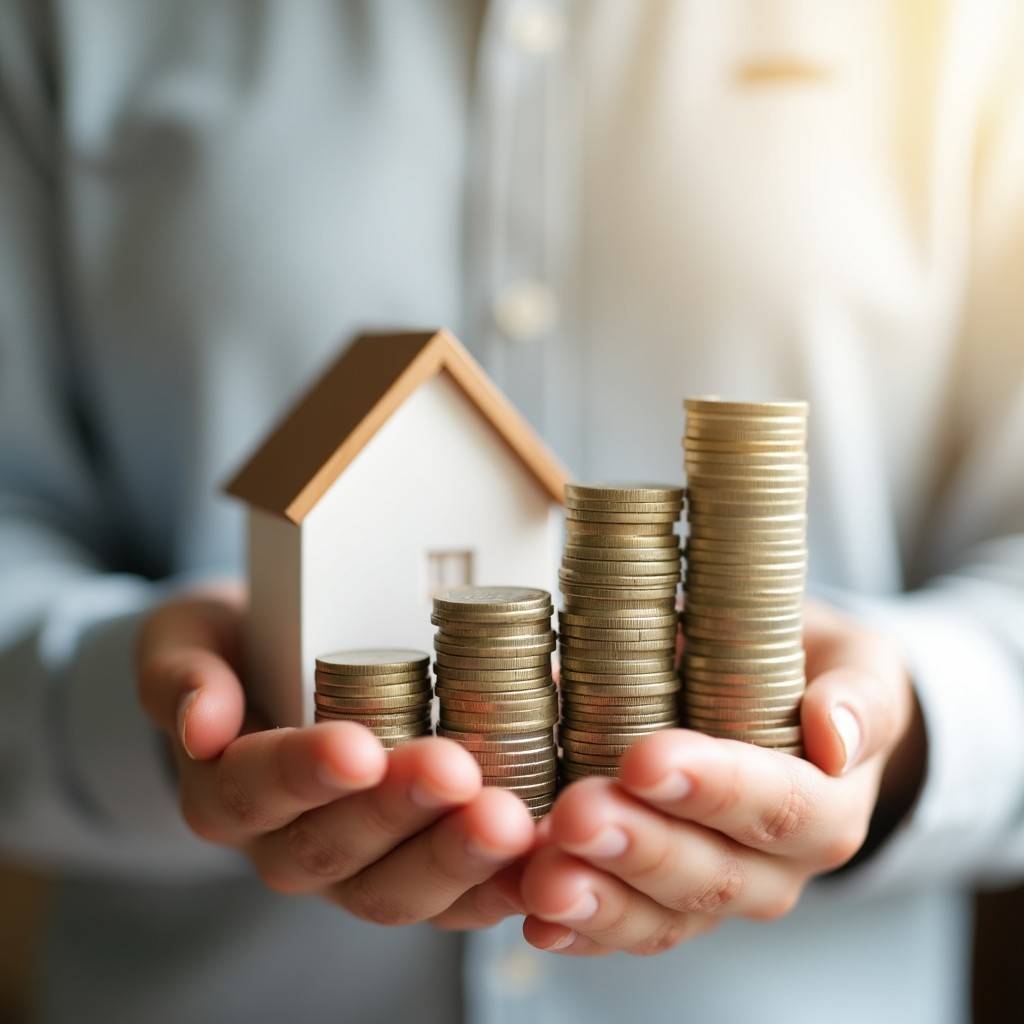
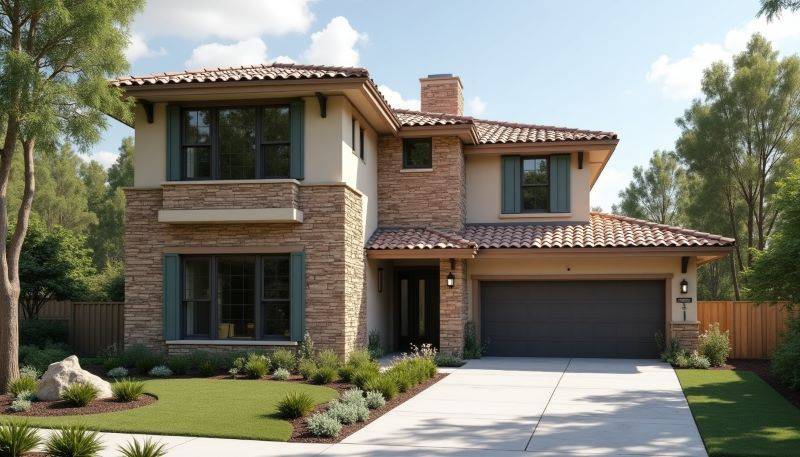
Jan 24,2025
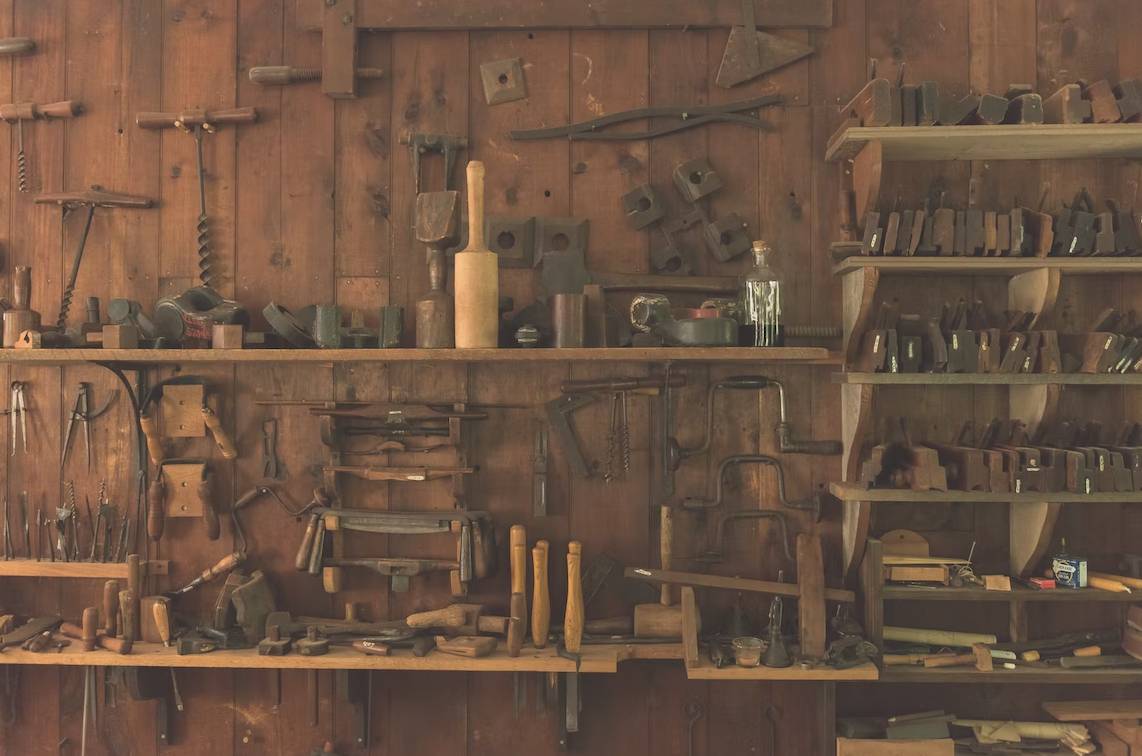
Nov 27,2022
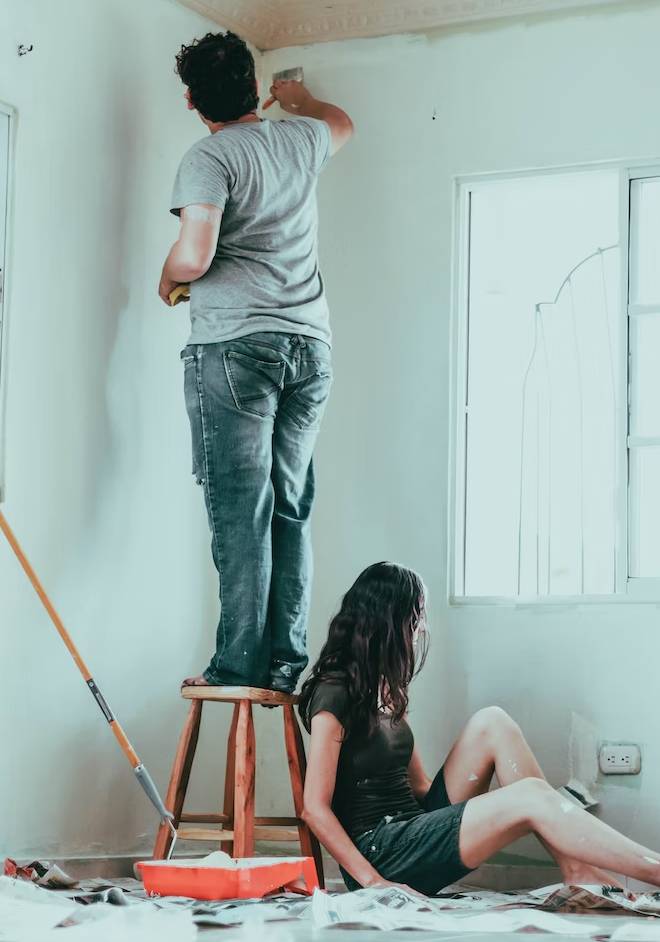
Nov 20,2022
